Highlights in the History of Avian Influenza (Bird Flu) Timeline – 2020-2024
2020s
The below timeline gives a summary of significant HPAI and LPAI outbreaks in birds, infections in people, and events from 2020-2022.
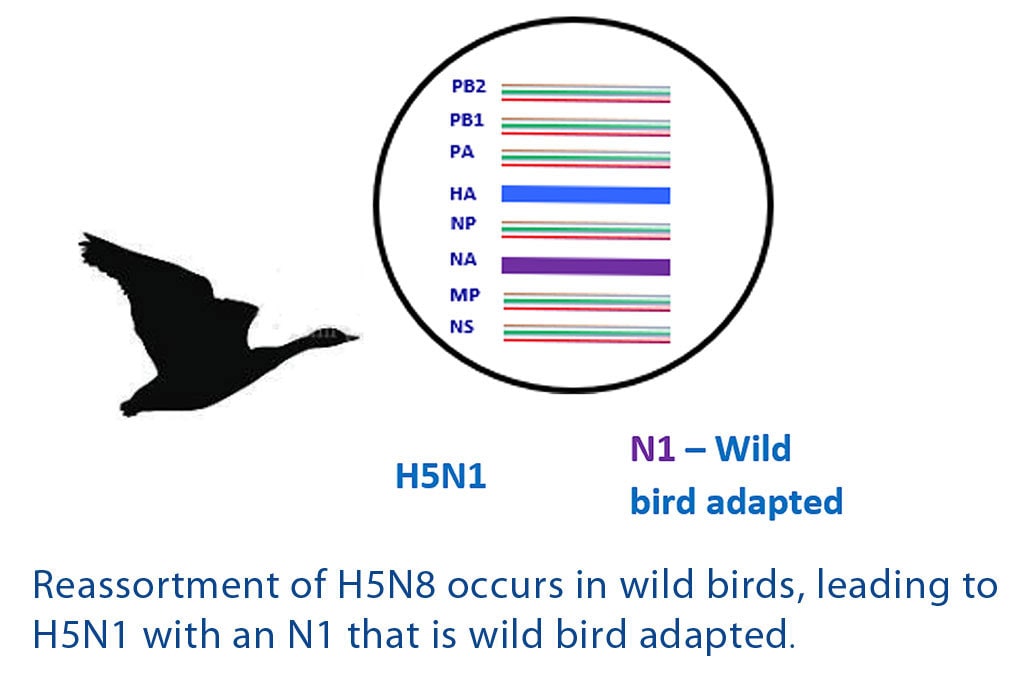
2020
- In March 2020, outbreaks of LPAI H7N3 and an outbreak of HPAI H7N3 occurred on US turkey farms.48
- During 2020, reassortment (gene-swapping) between poultry and wild bird viruses led to the emergence of HPAI H5N1 with the NA viruses with an N1 NA from wild birds.
- These wild bird-adapted HPAI H5N1 viruses were first identified in Europe during the fall of 2020 and spread across Europe and into Africa, the Middle East and Asia24.
- During 2020, five human cases of HPAI H5N6 virus infection were reported in China.
- In October-November 2020, HPAI H5N8 virus was detected in several swans, seals, and a fox in the United Kingdom64.
- In December 2020, HPAI H5N8 was isolated from an asymptomatic poultry worker in Russia.
- During 2020, LPAI H9N2 virus infection in one child with moderate illness after possible indirect exposure to backyard poultry was reported from Hong Kong in February 2020.
- Senegal reported a case of LPAI H9N2 virus infection in a child with mild illness after backyard poultry exposure that occurred in February 2019.
- During 2020, China reported five cases of LPAI H9N2 virus infection in four children and one adult who experienced mild illness and were detected through ILI surveillance.
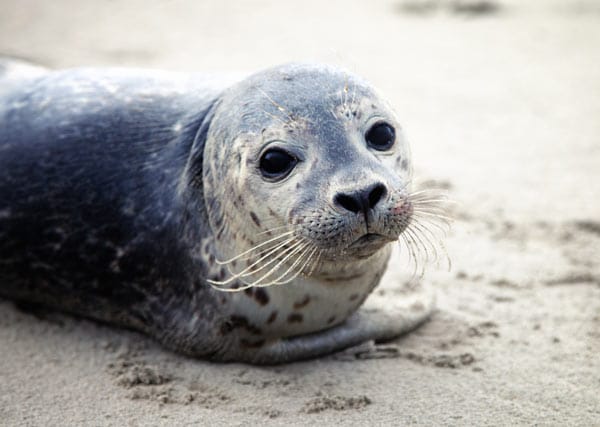
2021
- In March 2021, there were reports of HPAI H5N8 virus in seals in the United Kingdom, Germany58, and Denmark. Several subtypes of avian influenza viruses (H7N761, 63, H4N562, H4N660, H3N360and H10N759) have caused epidemics in seals.
- In March 2021, Laos reported its first human infection with HPAI H5N6 in a child who first became mildly ill in February following contact with infected poultry.
- In May 2021, HPAI H5N1 virus was detected in wild fox kits51 at a rehabilitation center in the Netherlands, during an outbreak of HPAI in wild birds.
- In May 2021, China reported the first case of LPAI H10N3 virus infection in an adult who became critically ill but recovered. The only exposure identified was visiting a live poultry market one week before symptom onset.
- The first human infection with low pathogenic avian influenza A H10N3 virus was reported in China in June 202149, 50.
- In December 2021, detections of HPAI H5N1 virus were also reported in wild foxes in Estonia54.
- During 2021, China reported 36 cases of human infection with HPAI H5N6 virus with 18 deaths.
- During 2021, 24 cases of LPAI H9N2 virus infection were identified in China, including 19 mild cases in children, two mild cases in adults, and three severe cases requiring hospitalization in adults, including one death. More information is available from a WHO summary and assessment [233 KB, 6 pages].
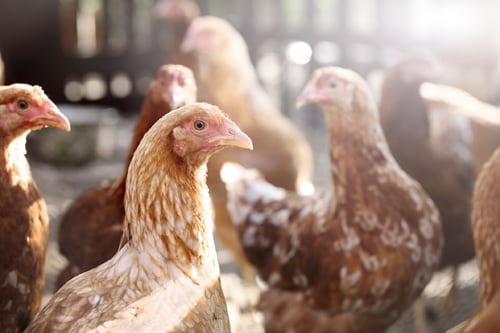
January-April 2022
- In January 2022, an HPAI H5N1 clade 2.3.4.4b virus infection was reported in an asymptomatic 80-year-old man who raised ducks that became sick in England in late December 2021.
- In February, Peru reported HPAI H5N1 virus infections in sea lions following deaths of hundreds of sea lions that began in January.
- From late 2021 to 2022, the predominant HPAI H5 virus causing poultry outbreaks worldwide was the wild-bird adapted HPAI H5N1virus, according to WHOA (formally known as OIE [610 KB, 6 pages]).
- In January 2022, the first HPAI H5N1 virus (clade 2.3.4.4b) infection in wild birds in the United States since 2016 was reported by USDA/APHIS. Additional detections in wild birds were subsequently reported, visit the Current Situation Summary page for more information.
- In February 2022, USDA/APHIS announced an HPAI H5N1 outbreak in turkeys in a commercial poultry facility, marking the first HPAI detection in commercial poultry in the United States since 2020.
- In April 2022, the first human case of HPAI H5N1 virus was reported in the United States, though this detection may have been the result of contamination of the nasal passages with the virus rather than actual infection.
- Also in April 2022, the first human infection with low pathogenic avian influenza A H3N8 virus was reported in China.
- During January through April 2022, China reported seven cases of HPAI H5N6 virus infection following poultry exposures, with severe or critical illness, including one death.
- During January through April 2022, China reported four cases of LPAI H9N2 virus infection, three in children and one in an adult, all with mild illness.
- In March 2022, Cambodia reported a case of LPAI H9N2 virus infection in a young child who was hospitalized for one day.
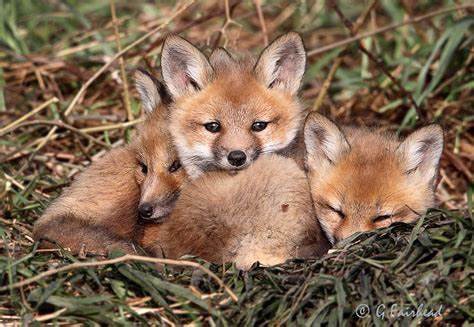
May-September 2022
- During 2022, detections of HPAI H5N1 virus in various mammals in the United States and other countries began.
- In May 2022, sporadic HPAI H5 virus infections in mammals were first reported in several U.S. states and Canadian provinces as well as in other countries.
- H5 bird flu viruses have previously been known to occasionally infect mammals that eat (presumably infected) birds or poultry including, but not limited to, the following: wild or feral animals, such as foxes and seals; stray or domestic animals, such as cats and dogs; and zoo animals, such as tigers52 and leopards53.
- At least eight U.S. states have detected HPAI H5 virus in fox kits. Two bobcats in Wisconsin, a coyote pup in Michigan, raccoons in Washington and Michigan, skunks in Idaho and Canada, and Mink in Canada also tested positive for H5 virus.
- Other animals that have tested positive for HPAI H5 virus include foxes55, otters55, a lynx55, a polecat55 and a badger in Europe and raccoon dogs and foxes in Japan56.
- During May through September 2022, China reported four human cases of HPAI H5N6 virus infection after poultry exposures, with severe or critical illness, including one death.
- In May, China reported [236 KB, 7 pages] a case of LPAI H10N3 virus infection in a man without known poultry exposure who became critically ill but recovered.
- During May to September 2022, China reported four cases of LPAI H9N2 virus infection in children, including one who was hospitalized.
- In June-July 2022, HPAI H5N1 virus was also detected in ten seals in Maine.
- In September 2022, Spain reported a human case of HPAI H5N1 in an asymptomatic poultry worker who was working at a poultry farm with a confirmed outbreak of H5N1. In November 2022, Spain reported a second human case of HPAI H5N1 in an asymptomatic poultry worker at the same poultry farm.
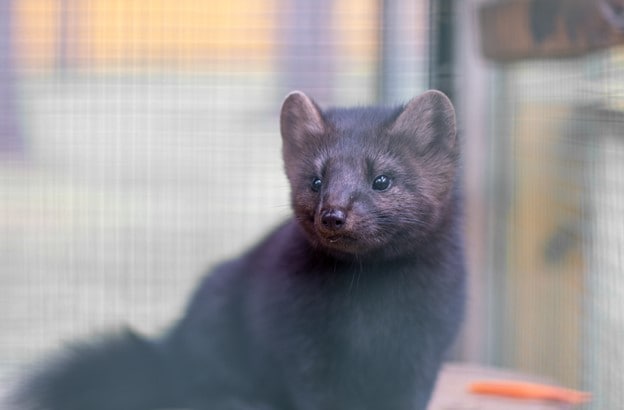
October-December 2022
- In October 2022, Vietnam reported a case of human infection with HPAI A(H5) virus in a child who became critically ill following exposure to infected backyard poultry.
- In October 2022, HPAI H5N1 viruses of clade 2.3.4.4b caused infections and some deaths among mink on a farm in northwest Spain. Mink were exposed to potentially infected wild waterfowl, and investigators suspect some mink-to-mink transmission of the virus may have occurred. More information is available at Ask the Expert.
- Mink are known to be susceptible to influenza A viruses.
- Past infections with avian influenza A viruses in mink have been reported.
- Since the early 1980’s, several influenza A virus subtypes, such as H10N4, H3N2, swH3N2/pH1N1, H1N2 and H9N2, have been shown to spread in mink.
- During October of 1984, an outbreak associated with widespread morbidity among 100,000 mink with 3,000 deaths occurred at 33 mink farms in the coastal region of South Sweden. Six LPAI H10N4 viruses were isolated from dead mink.
- In 2019, influenza A(H1N1)pdm09 virus infections were reported in mink kits at a Utah mink farm. The source of the infections was not established, but it is believed the mink became infected through exposure to sick people.
- H5N1 virus infections also have been reported in other mammals, including sea lions in New England and Peru, and bears, wild foxes, and skunks in Canada, the United States, and other countries.
- China reported four cases of LPAI H9N2 virus infection that occurred in October-November 2022, including three mild cases in children, and one case of severe illness in an adult.
- In November 2022, China reported a human case of HPAI H5N1 virus infection following poultry exposure in an adult who developed critical illness and died.
- In November and December 2022, H5N1 virus infections were reported in bears in Alaska, Nebraska, and Montana.
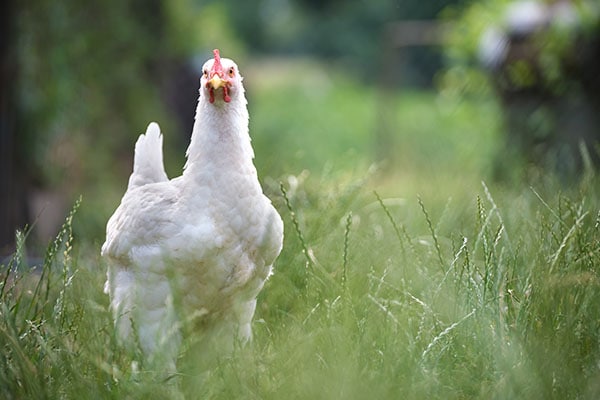
2023
- In January 2023, Ecuador reported its first human infection with HPAI A(H5) in a child who became critically ill following exposure to infected backyard poultry.
- In February 2023, the Cambodia Ministry of Health reported two human infections with HPAI H5N1 virus, including one fatal case.
- Based on preliminary sequencing done in country, the viruses in Cambodia are clade 2.3.2.1c, which is different from H5N1 viruses currently circulating in wild birds and poultry in the United States and other countries, which are clade 2.3.4.4b.
- H5 clade 2.3.2.1c viruses have circulated in Cambodia among birds and poultry for many years and have resulted in rare sporadic human infections in the past, but these two cases are the first such human infections reported in Cambodia since 2014. The investigation of these cases is ongoing.
- In December 2023, HPAI A(H5N1) virus was found to have infected a polar bear for the first time. This also was the first time an Arctic animal died from HPAI A(H5N1) virus.
- In December 2023, HPAI A(H5N1) virus infections were reported in elephant and fur seals in the Antarctic. When combined with the polar bear infection in the Arctic, this marked the first time HPAI A(H5N1) virus infections had been reported in both polar regions.
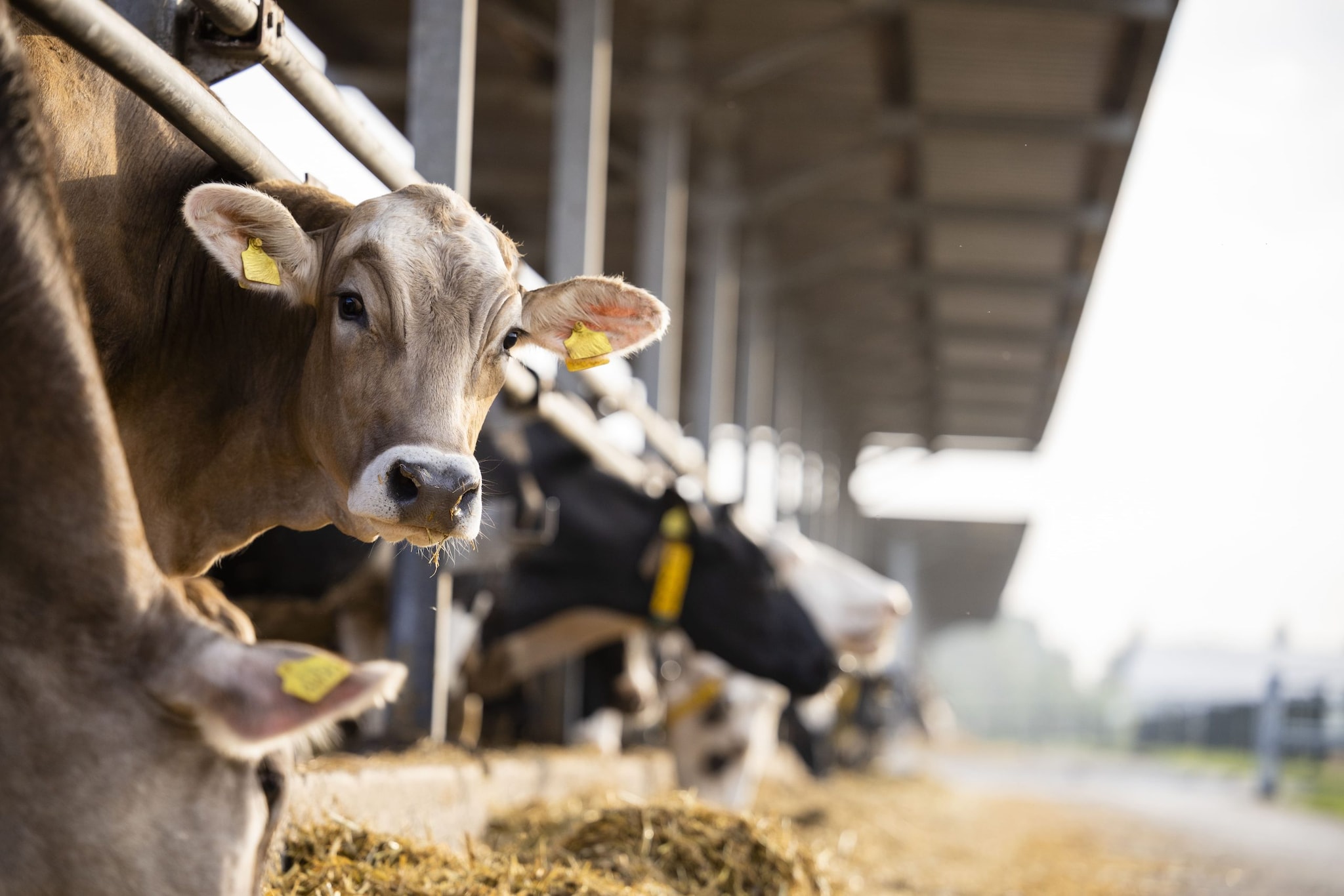
2024
- In March 2024, HPAI H5N1 virus infections were reported for the first time in goat kids (juvenile goats) on a farm, where a poultry flock had tested positive for the same virus.
- In March 2024, HPAI H5N1 detections were reported for the first time in dairy cows on farms in Kansas and Texas.
- April 1, 2024—A person in the United States tested positive for highly pathogenic avian influenza (HPAI) A(H5N1) virus (“H5N1 bird flu”), This would be the first reported cow-to-human spread of H5N1 bird flu.
